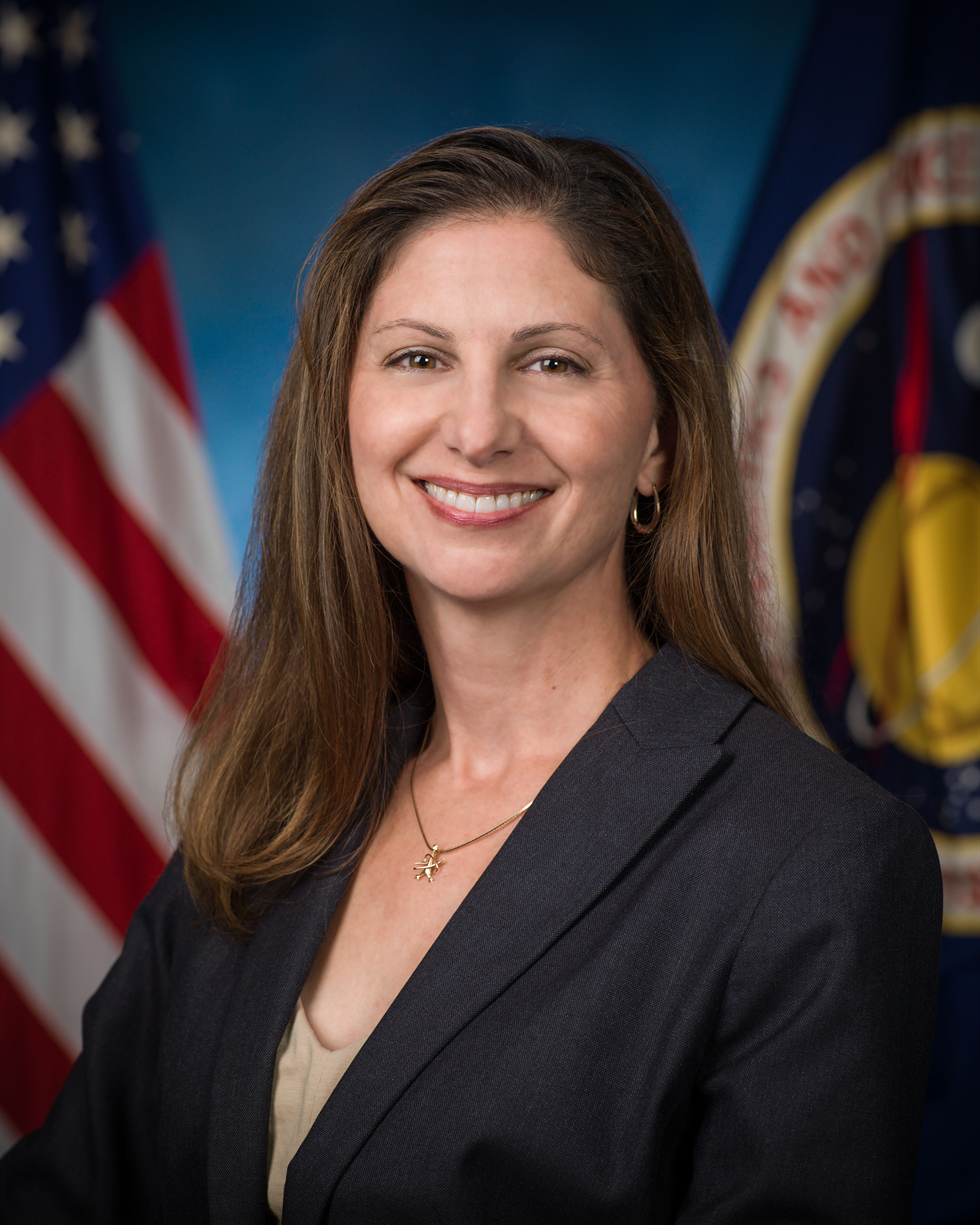Roundup Presents: The Directors Series (SA)
The Human Touch
As an engineer and former flight director, Cathy Koerner understands the dangers and complexities of human spaceflight and is working to ensure crew health as director of Human Health and Performance (HHP) at NASA’s Johnson Space Center.
“We put the human in human spaceflight,” Koerner said. “We’re responsible for ensuring the health and performance of the astronaut within their spacecraft.”
HHP is typically thought of as a medical organization, but the group extends far beyond health research, focusing on everything from environmental sciences to system design.
“HHP is almost like a microcosm of the center,” Koerner said. “We have operations, engineering and research all in one organization, but with the singular focus of optimizing human health and performance.”
The organization is comprised of an operations division that supports the crew during missions, an engineering division that designs spacecraft hardware to optimize astronaut performance in space and a research division that investigates ways to reduce human risk as NASA explores beyond low-Earth orbit.

Koerner (left) was a featured speaker at Space Center Houston's Thought Leader Series about women in STEM with JSC Deputy Director Vanessa Wyche and ERO Director Debbie Conder.
Using the International Space Station as a proving ground to study long-duration spaceflight, researchers are working to understand the physiological changes that occur in human systems during long duration spaceflight. This knowledge helps to develop a greater understanding of automated medical capabilities that will be critical as NASA establishes a sustained human presence on the Moon and, eventually, on Mars.
“We have to be able to take an astronaut and give them the tools to self-diagnose, or even treat, a medical emergency,” Koerner said. “The further that astronauts travel from Earth, the longer our communication delays will be. Automating systems to identify and treat health risks can assist the crew in contingency or emergency situations.”
This medical automation will not only benefit astronauts on Gateway, an orbital outpost at the Moon, but expand access to healthcare across the globe, fulfilling one of HHP’ goals to further medical research across the globe. While HHP is developing daring medical systems to improve life on Earth, the directorate is equally engaged in enhancing the human system for performance in space.
In this area, Koerner has been able to leverage her engineering background to help her organization approach the human body as a system. But rather than working with valves and gaskets, HHP is working with human systems, such as the respiratory and cardiovascular systems.
“We try to look at the human body and optimize it like a spacecraft system,” Koerner said.
To do this, HHP applies research about changes to the human body in a microgravity environment to inform system design. An example of this is ensuring a human-centric interface on robotic systems so that astronauts will be able to operate their spacecraft even as their bodies undergo changes during long-duration missions.
HHP also partners with the Human Research Program (HRP) to research how to optimize human performance by studying team dynamics through Human Exploration Research Analog (HERA) missions. HERA puts a crew through a simulated mission scenario to study isolation, confinement and crew performance in remote conditions.
“Team dynamics is one of the biggest challenges we are going to face during a mission to Mars,” Koerner said. “We know how to solve the technological challenges of a Mars mission, [but] what we have not done is put a crew in a confined space for three years and asked them to complete tasks in a hazardous environment.”
Understanding team dynamics will help inform NASA on spacecraft design to maximize human capital and better understand the benefits of using a diverse crew with a cross-disciplinary approach to problem solving.

Koerner served as a Flight Director prior to becoming the director of HHP.
As an engineer leading a medical organization, Koerner recognizes the benefits that diverse perspectives and cross-discipline collaboration bring to an organization. She has leveraged these benefits by integrating non-traditional business models in a medical organization by marrying research and operations from the early stages of projects, leading her team to develop more creative solutions for human spaceflight.
“The more people you have trying to solve a problem, the more likely you are to solve it,” Koerner said. “We want to utilize diverse backgrounds, educations and experiences, because when you have diversity in problem solving, you can create better ideas.”
There is no way to remove risk from human spaceflight, but Koerner is making sure that ensuring optimal crew health and performance is the key focus for daring space missions on the space station, Gateway and beyond.
Noah J. Michelsohn, Johnson Space Center

Cathy Koerner is director of NASA Johnson Space Center’s Human Health and Performance Directorate. This story is part five of The Directors Series, highlighting Johnson’s mission of Dare. Unite. Explore. Stay tuned for stories from each directorate and find previous stories on the directors website.








